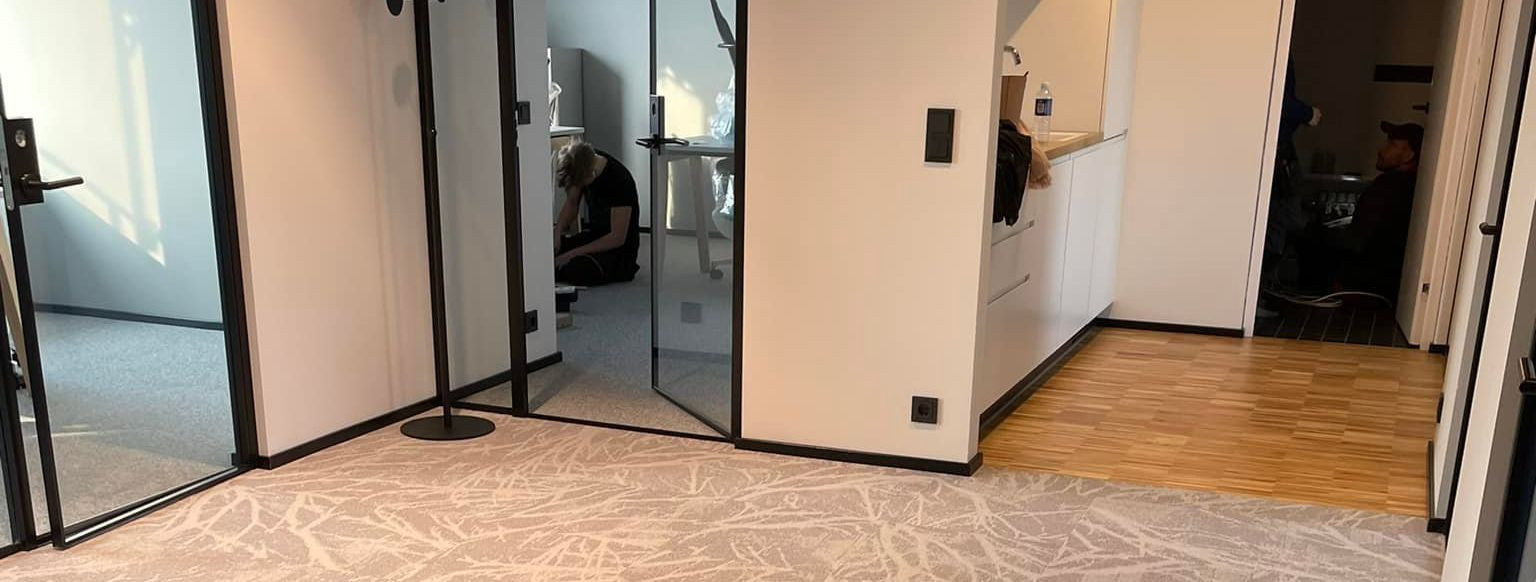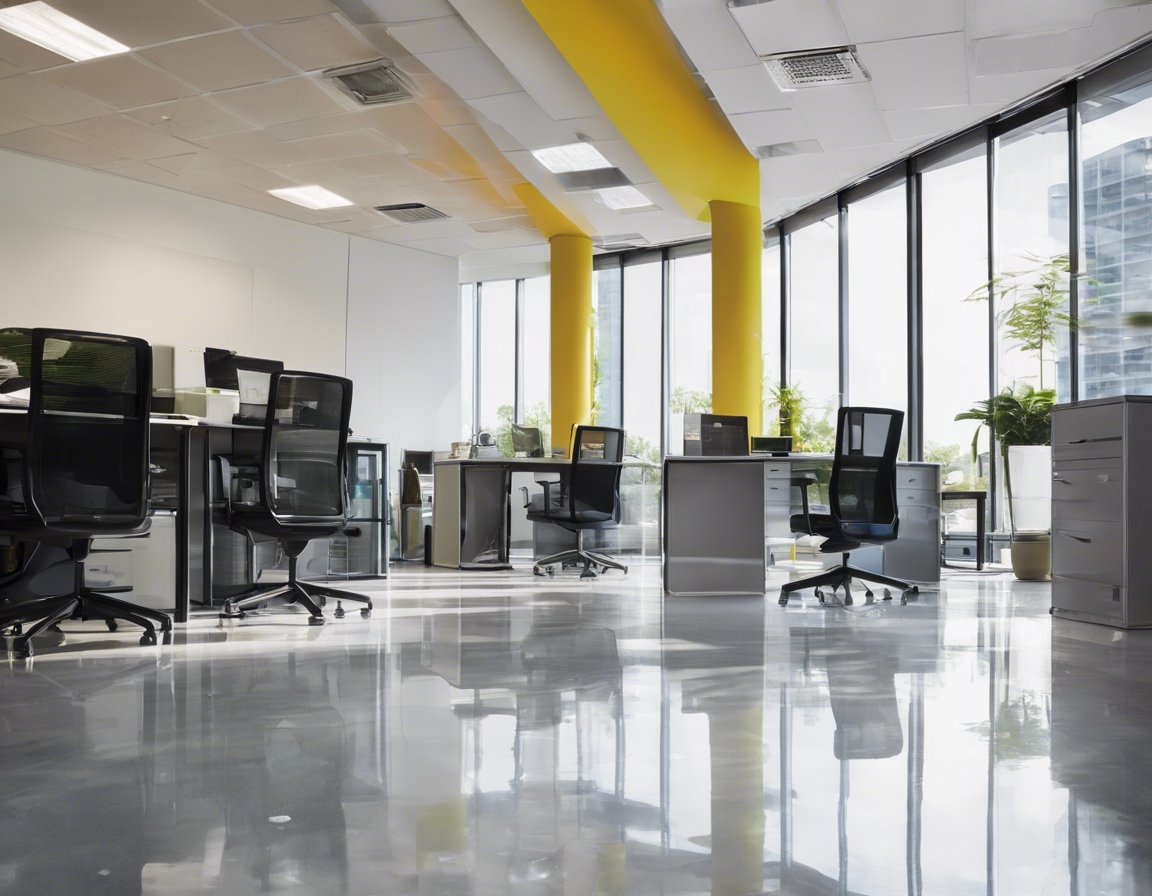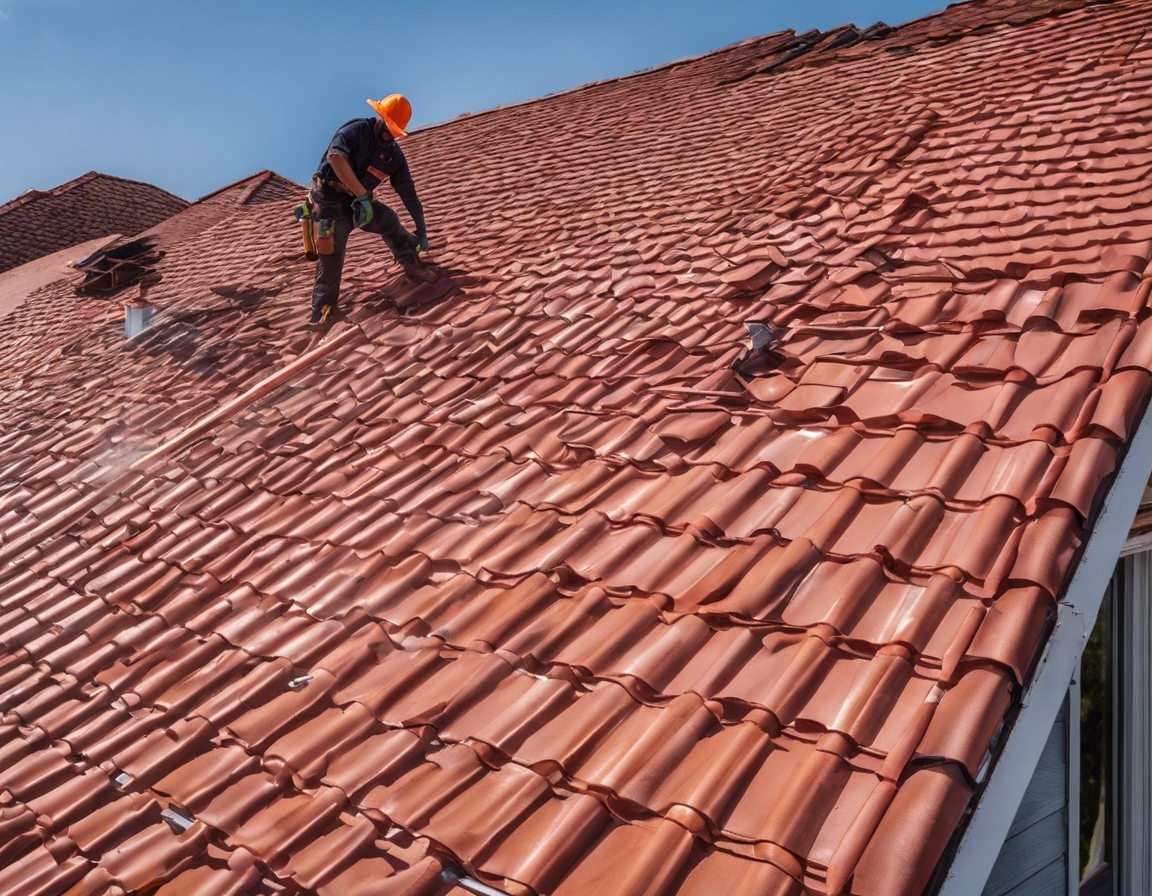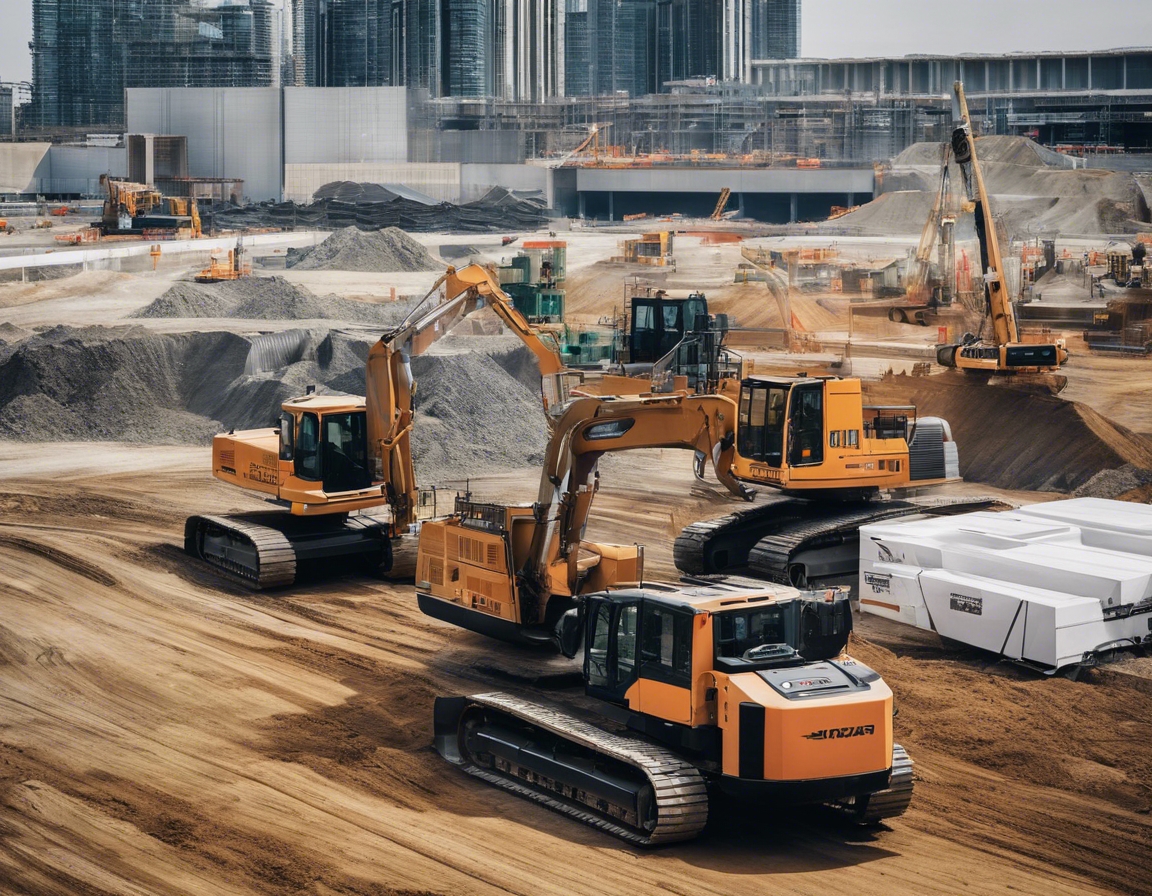5 sustainable practices in modern construction
Sustainable construction refers to the adoption of building practices that are environmentally responsible and resource-efficient throughout a building's life cycle. This approach aims to reduce the environmental impact of buildings by optimizing the use of materials, energy, and development space.
For residential homeowners, commercial real estate managers, and industrial facility operators in Estonia, sustainable construction is not just a trend but a commitment to the future. By implementing sustainable practices, they can ensure that their properties are built to last, reduce operational costs, and contribute to a healthier environment.
1. Green Building Materials
One of the cornerstones of sustainable construction is the use of green building materials. These materials are either made from recycled content or renewable resources, reducing the depletion of natural resources. Examples include bamboo flooring, recycled metal or plastic, and reclaimed wood.
Another aspect of sustainable material use is sourcing locally. This practice not only supports the local economy but also reduces the carbon footprint associated with transportation of materials over long distances.
2. Energy Efficiency and Renewable Energy
Energy efficiency is a key element in sustainable construction. Designing buildings to maximize natural light and improve insulation can significantly reduce the need for artificial lighting and heating, leading to lower energy consumption.
Modern construction also involves the integration of renewable energy systems such as solar panels, wind turbines, and geothermal heating to further reduce a building's carbon footprint and energy costs.
3. Water Conservation and Management
Water conservation is critical in sustainable construction. Implementing efficient fixtures, rainwater harvesting systems, and greywater recycling can dramatically decrease water usage and waste.
Proper stormwater management and the use of native plants in landscaping can prevent erosion, reduce runoff, and support local biodiversity.
4. Waste Reduction and Management
Construction projects can generate a significant amount of waste. Sustainable practices focus on minimizing this waste through careful planning, modular construction, and prefabrication.
When waste is unavoidable, sustainable construction seeks to recycle and reuse materials. This not only reduces the amount of waste sent to landfills but also conserves resources and energy that would be used to produce new materials.
5. Sustainable Construction Techniques and Technology
Innovative construction techniques such as 3D printing and modular construction are revolutionizing the industry by reducing waste and improving efficiency.
The use of smart technology and automation in construction processes can optimize resource use, improve building performance, and enhance the overall sustainability of construction projects.








Comments (0)